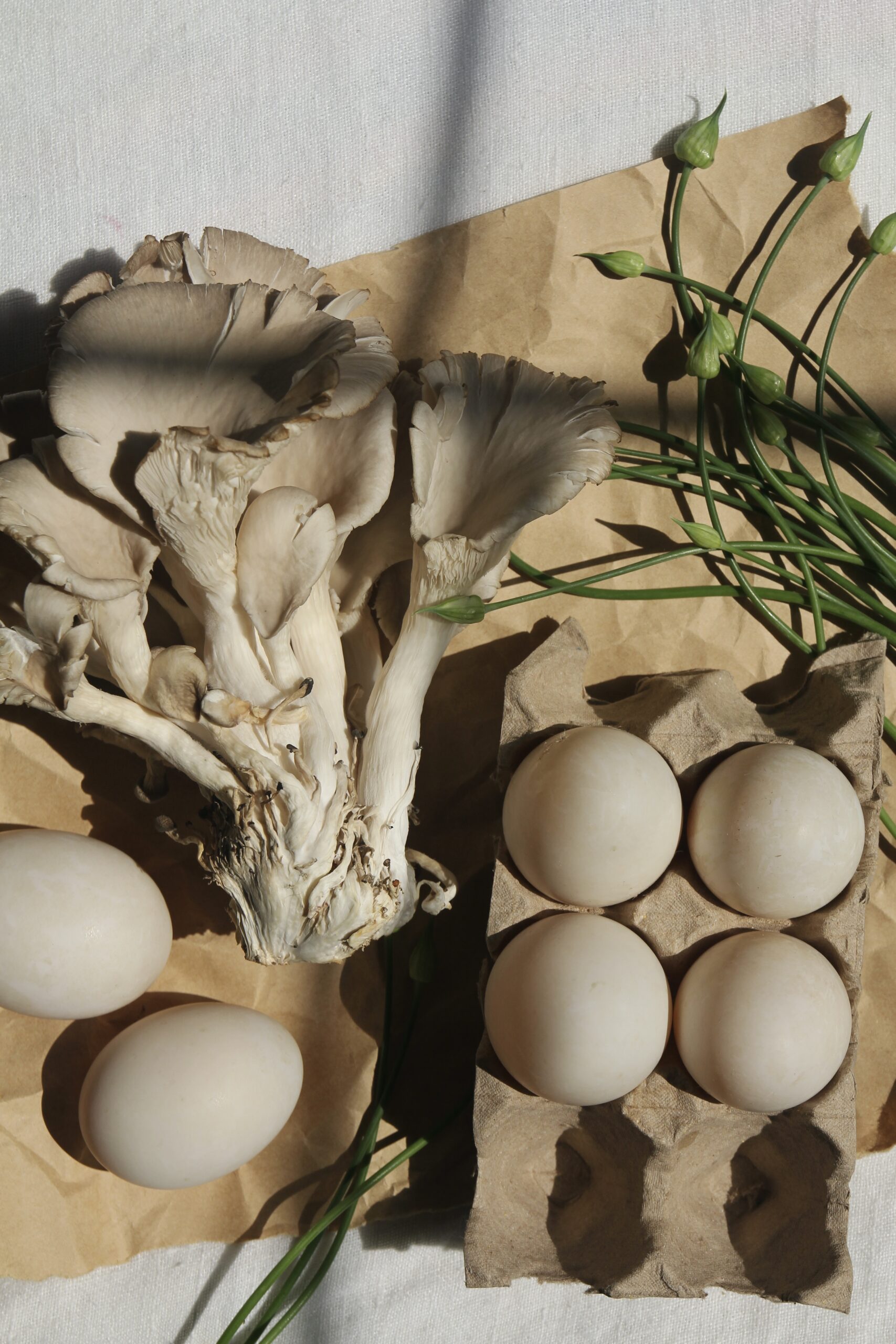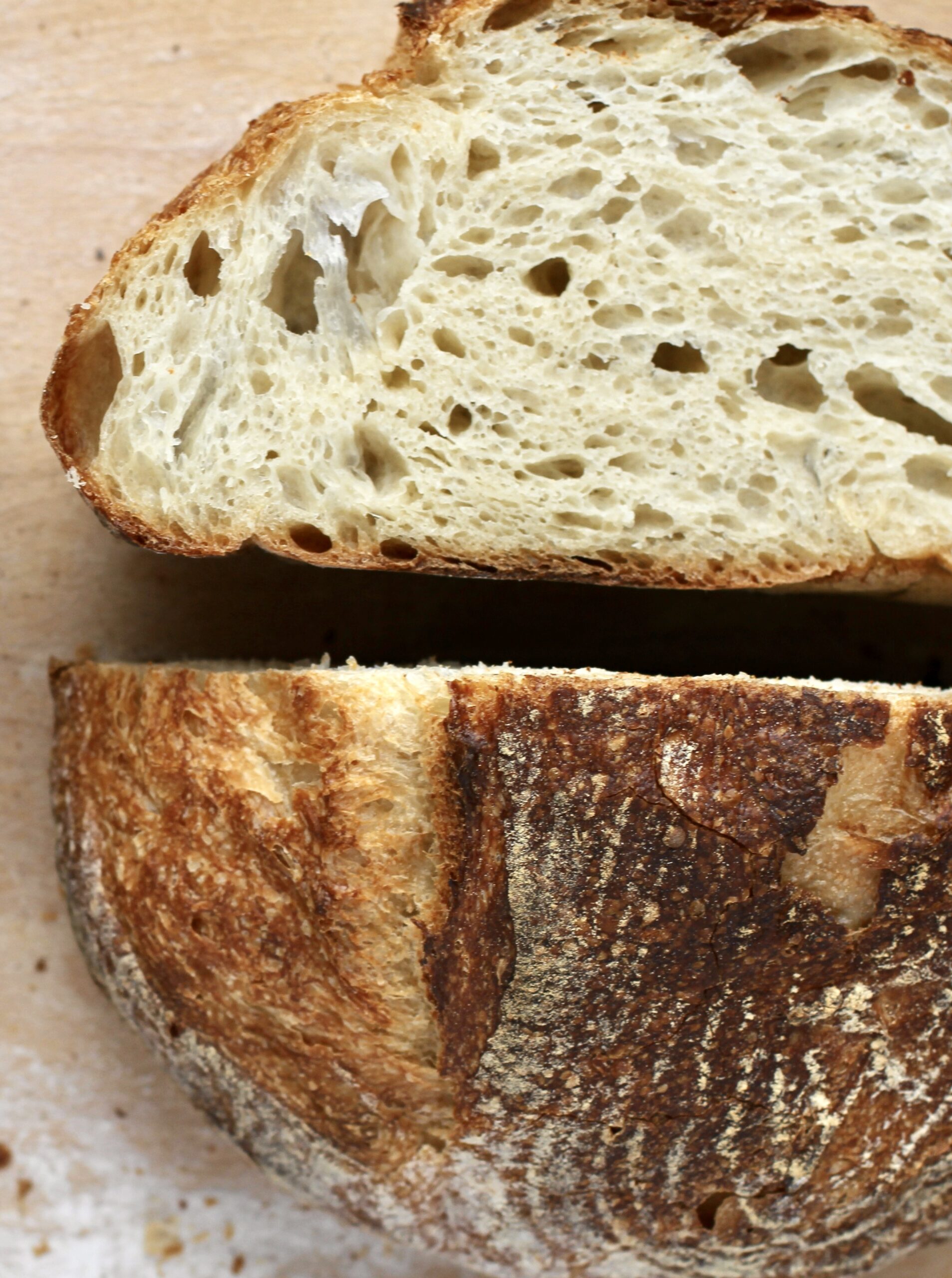9 Ways to Urban Homestead
You may have noticed the explosion of homesteading. Maybe your friends are talking about buying a plot of land and farming together, or you may have seen a slew of sundress wearing women, filming harvest videos in their gardens. But maybe, like me you’re stuck in an apartment in the city or have very little space in the suburbs and that life just isn’t in attainable at the moment.
Here at Little Furrow, we believe homesteading is a mindset and practice. We believe it’s not necessary to have acres on acres to homestead. We believe implementing simple practices like baking bread rather than buying it and canning fruits and vegetables so that you can eat what you love, even when its not in season are homesteading practices. All of which can be done in apartments, no matter how big they are. Below I’ve compiled a list of 9 ways I homestead in the city, and how you can too!
Join a CSA

While I currently can’t farm or grow my own food, one of my favorite ways of getting farm fresh, organic produce is from my CSA. CSA, stands for community supported agriculture. It’s a way of supporting your local farmer, while getting fresh produce that hasn’t traveled hundreds of miles to get to your plate. By choosing to support a local farm, you are not only benefiting the environment, but getting food grown in your environment, which can be better for your health.
Learn to Bake Sourdough

There’s nothing better than cutting into a warm loaf of nourishing and gut healthy bread you’ve just baked yourself. Sourdough is a calming practice that involves using naturally accusing yeasts to make a fermented bread. Most sourdough you buy at your local bakery will run you at least six dollars, while making your own can cost you far less. It costs me about $1.50 to make one loaf of bread. That’s a huge saving and it’s pushed me to start making almost all of the bread we eat at home! Plus baking sourdough really doesn’t require much space at all. As long as you have a table or countertop to to shape your dough and an oven, you’re good to go. You can even save money by making your own sourdough proofing baskets like these ones!
Learn to Grow Sprouts and Microgreens

Growing sprouts and microgreens is one of my favorite ways to keep my plate green every season, not just in the summer. They use a very basic form of growing hydroponically in your home and only require enough space for a ball jar to grow loads of fresh sprouts. If you’re one of those people who don’t have a balcony, or even a window with enough sun to really grow anything, growing sprouts and microgreens is the answer. They are packed with nutrients and are ready to eat within just a few days! Sprouts and microgreens are often very expensive at the grocery store and tend to go bad within just a few days after you purchase them. Growing your own costs very little and is full proof!
Learn How to Urban Forage

Foraging is one of my passions. Nothing excites me more than coming across something edible when I’m on a walk. Maybe it’s the fact that it’s free food, or that I’m just constantly amazed by the amount of beautiful, wild food to be had every season when you know what to look for. And while some may think you need to be in wild spaces to forage, that’s actually not true! I have found many wild herbs, mushrooms, and berries all around the city of Chicago. My best tip is to find a park that’s close to you and explore it. I have found huge mulberry trees, elderberry bushes, and serviceberries, all in my local park. I have also found Hawthorne trees, apple trees, and medicinal herbs growing along the streets in neighborhoods. Just keep your eyes out and stay curious about the food that’s growing around you. Also download the app PictureThis , or one like it to help you identify what you find.
Make Medicinal Remedies

Making your own remedies like Oxymels and tinctures can be a great way to implement homesteading into your life. You can buy bulk herbs from places like Mountain Rose Herbs and use them to infuse into beneficial remedies and teas. This year I focused on making elderberry syrup, a delicious immune boosting treat and fire cider, a strong apple cider vinegar tonic that nips colds in the bud. They help me stay healthy throughout the winter and look beautiful sitting on my shelf. My friends even ask for elderberry syrup when they come over and rather begrudgingly take my fire cider when it’s offered.
Make Your Own Candles

Winter is almost here and for me, candles are a must. They keep me feeling cozy and warm throughout the colder months. Candles are readily available, however they are often filled with chemicals and toxins, unless you shell out for the super nice beeswax ones. Thankfully, you can find raw beeswax on Etsy for a reasonable price and make your own! One of my favorite parts of making candles is that it slows me down. Whether you’re pouring your candles or making tapers, you’ll feel like you’re homesteading no matter where you live.
Learn to Can

You don’t have to grow your own veggies to can! Eating seasonally is a big part of the homesteading lifestyle, so canning in season fruits and veggies is a great way to make sure you have all of your favorites available in the off season. Find a farmers market or use items from your CSA to can.
Join a Community Garden

While you may not have a yard or a balcony you can use for gardening, you may have luck getting a plot in a community garden. Most cities will have gardens where the public can reserve a box to grow vegetables. This is beneficial for both you and the wildlife that lives in the city. Pollinators will be so grateful for some beautiful vegetable, flower, and fruit blossoms to feed themselves with and in turn bless you with some beautifully pollinated produce. Check out this link to find a community garden near you.
Learn to Sew

Sewing is truly one of the best skills to learn. Knowing basic hand and sewing machine skills is so beneficial, because it allows you to repair and create new things you may need in your home. Think being able to make reusable produce bags and coffee filters, or tailoring that perfect dress from the thrift store that’s just not quite the right size or missing a button. Knowing how to sew is very helpful for those who are trying to live a lower waste lifestyle. Being able to mend the clothes you have in your closet, rather than constantly replacing them, helps you cut back on waste and not have to donate the pieces you love the most.







